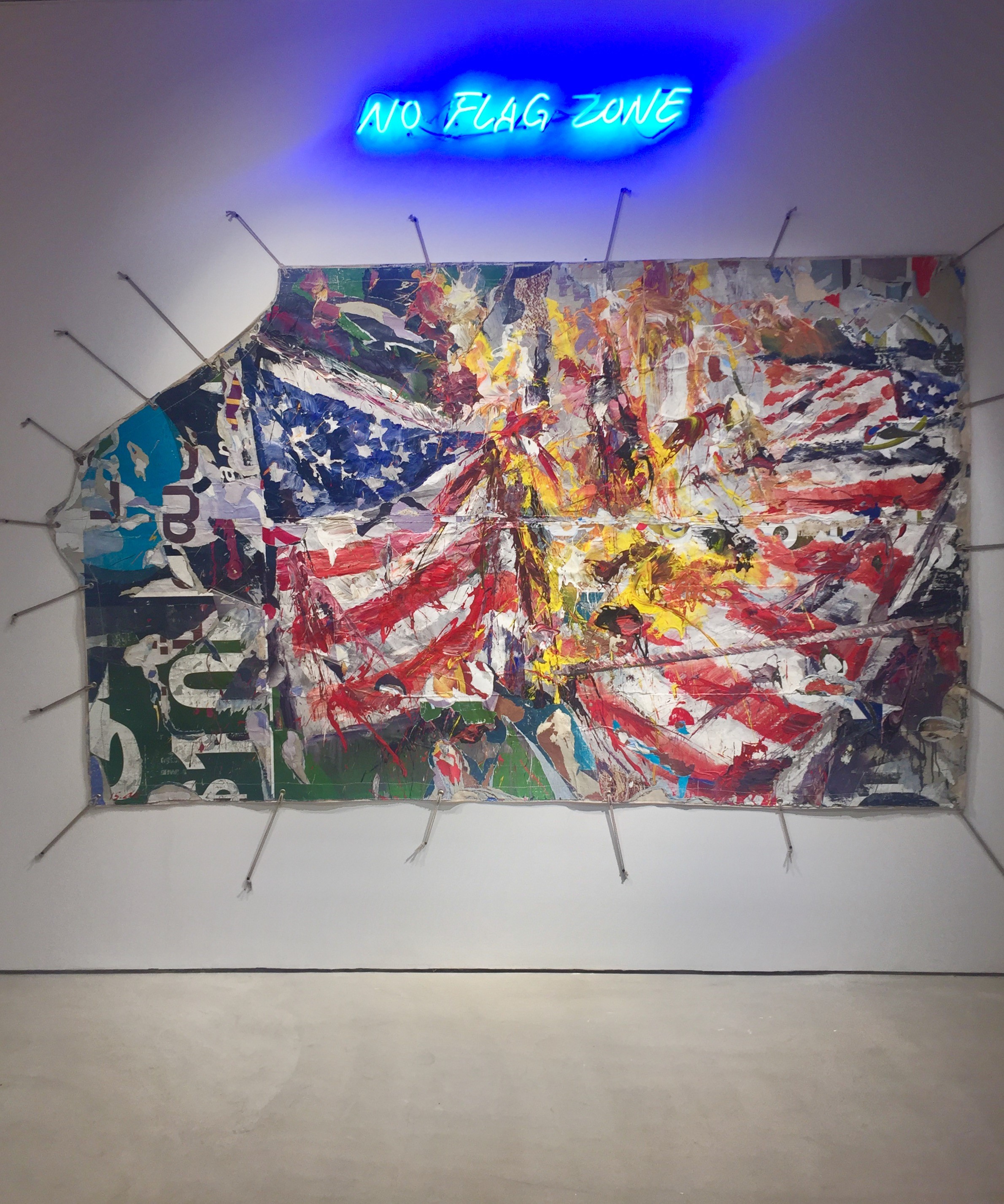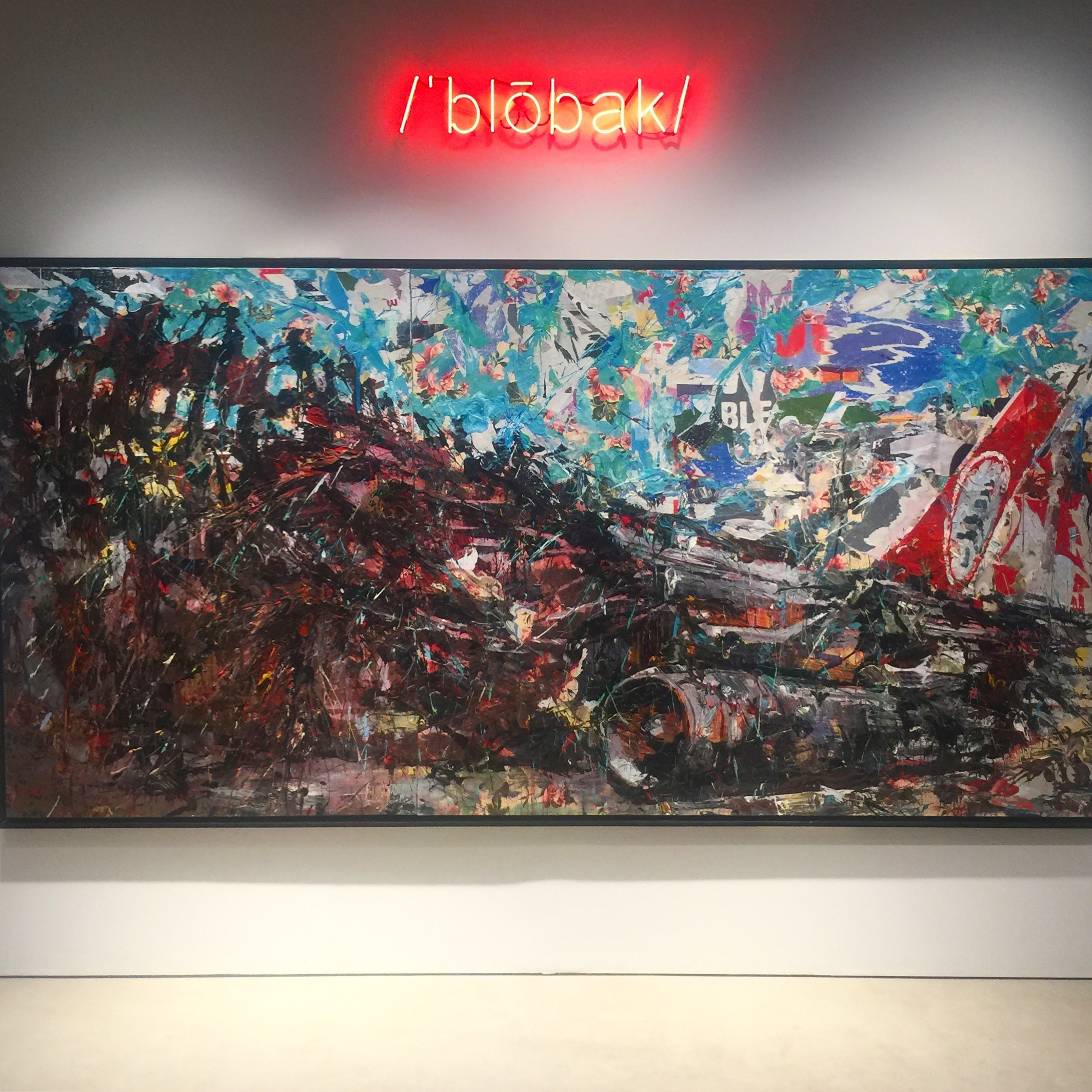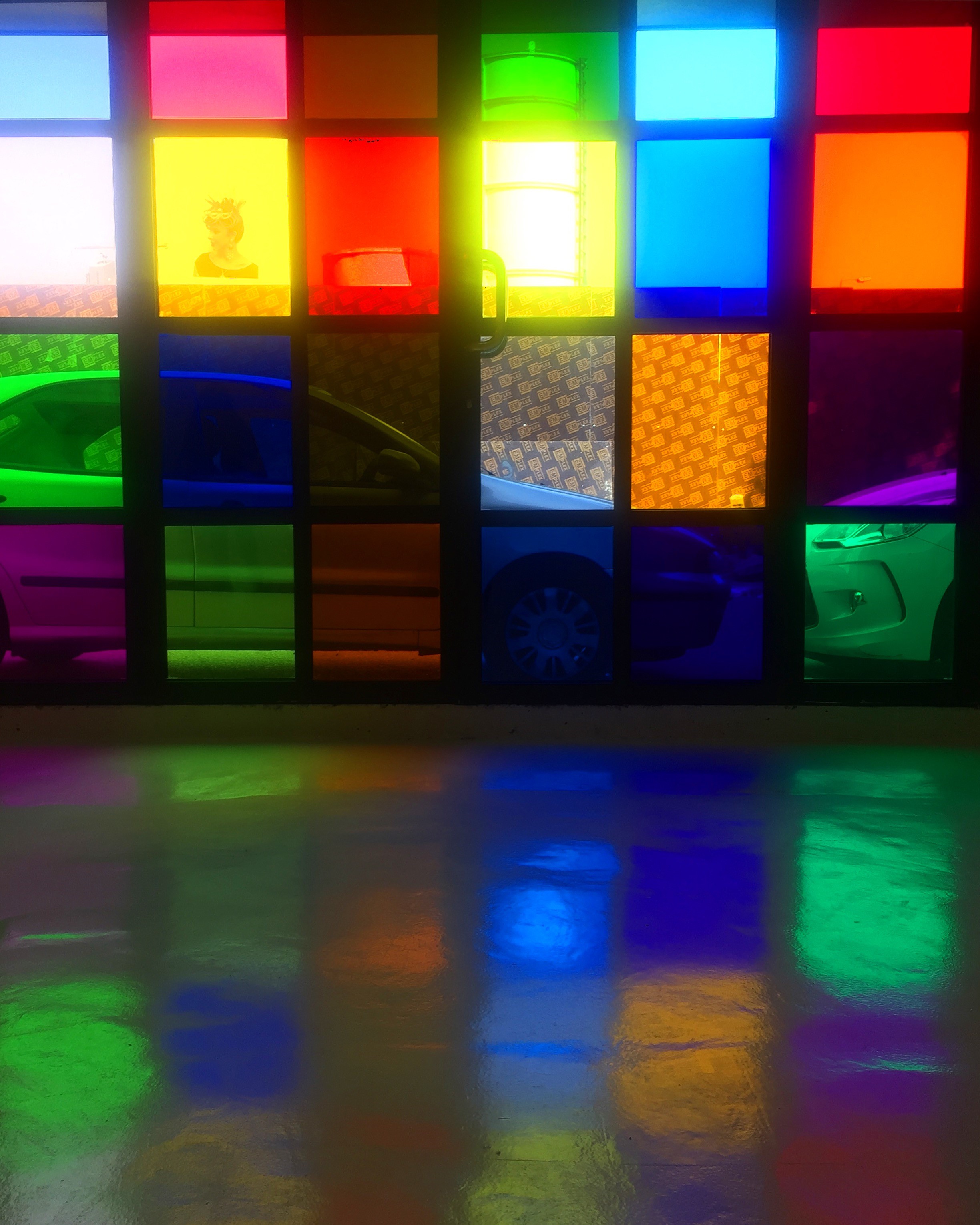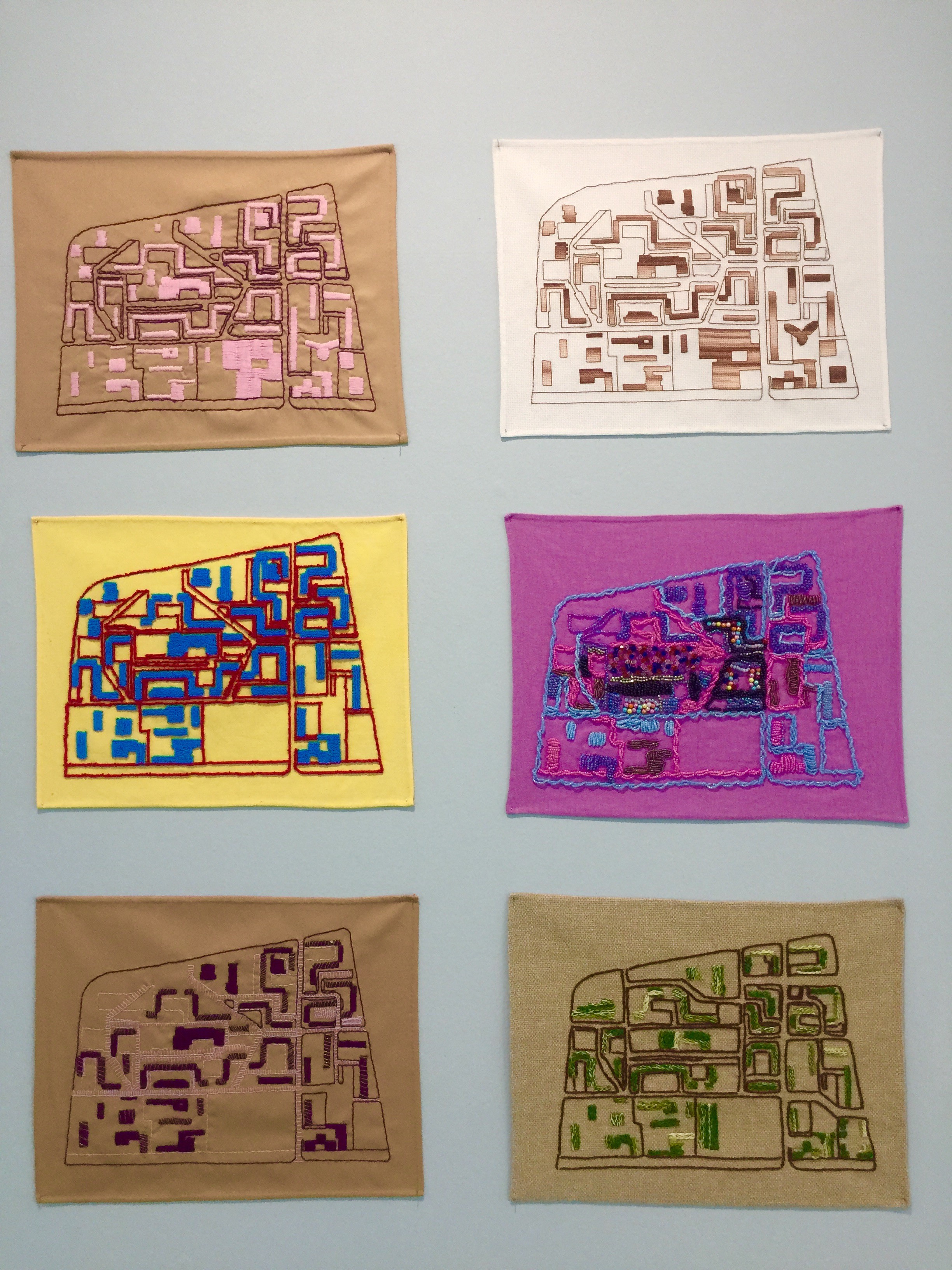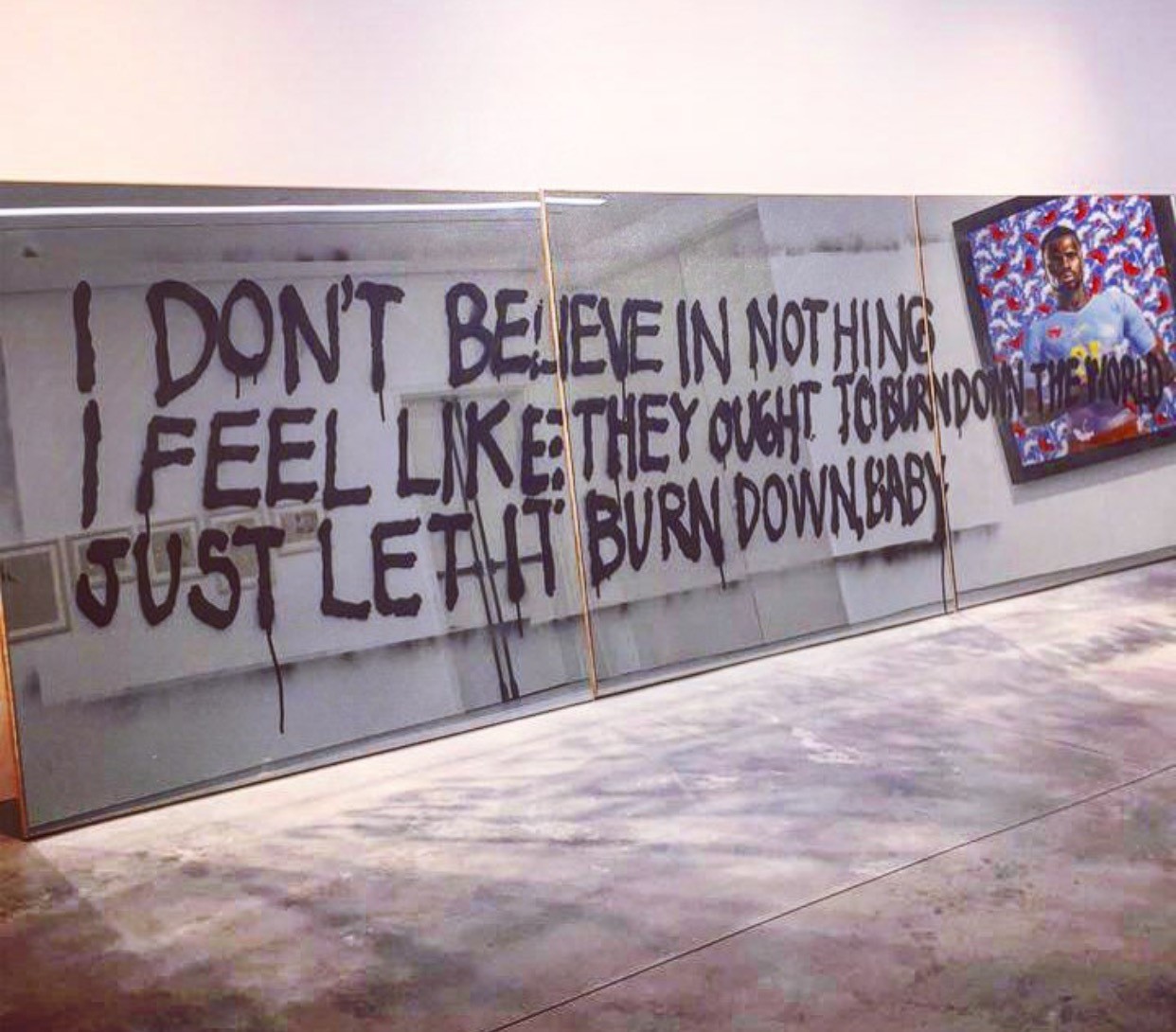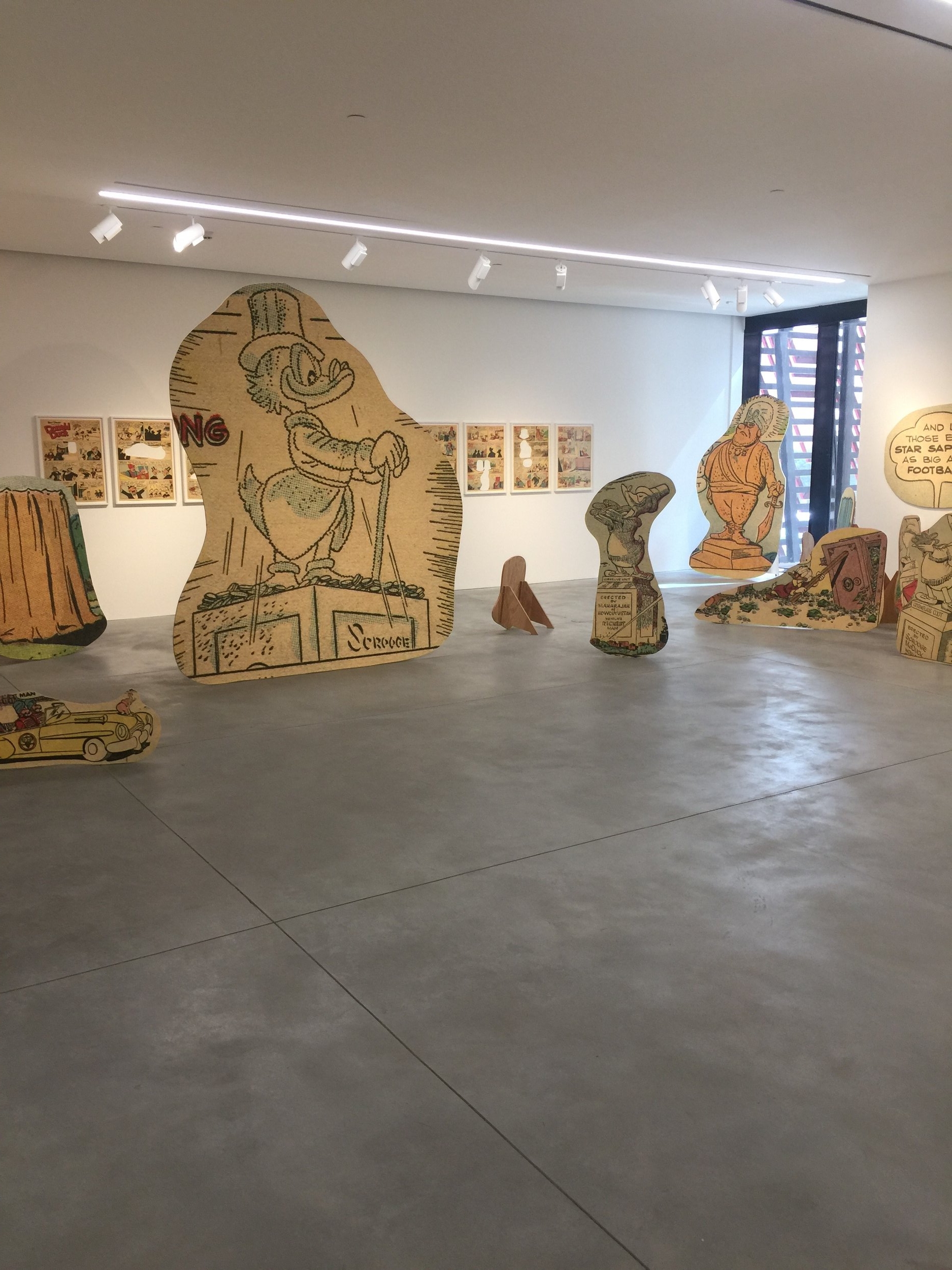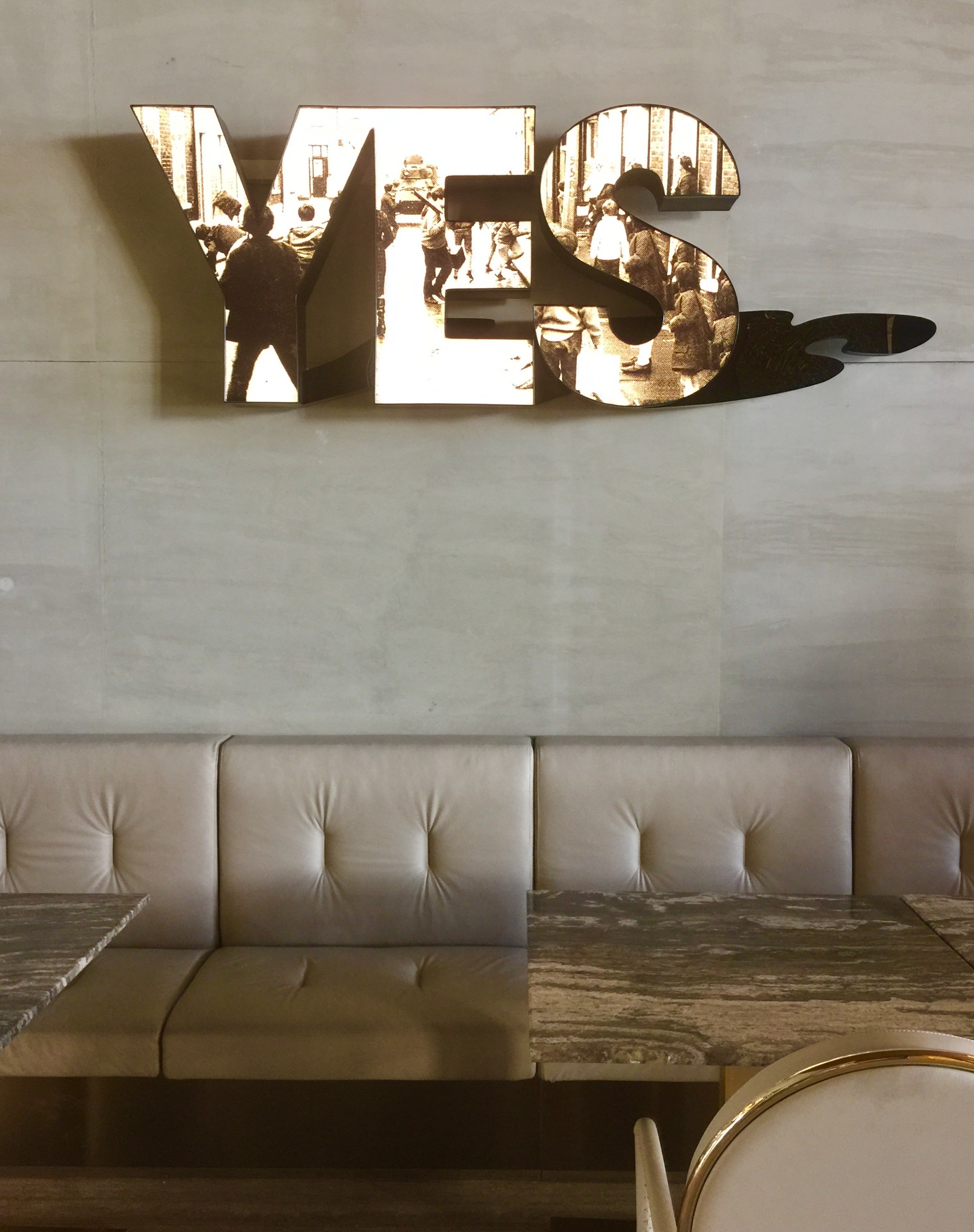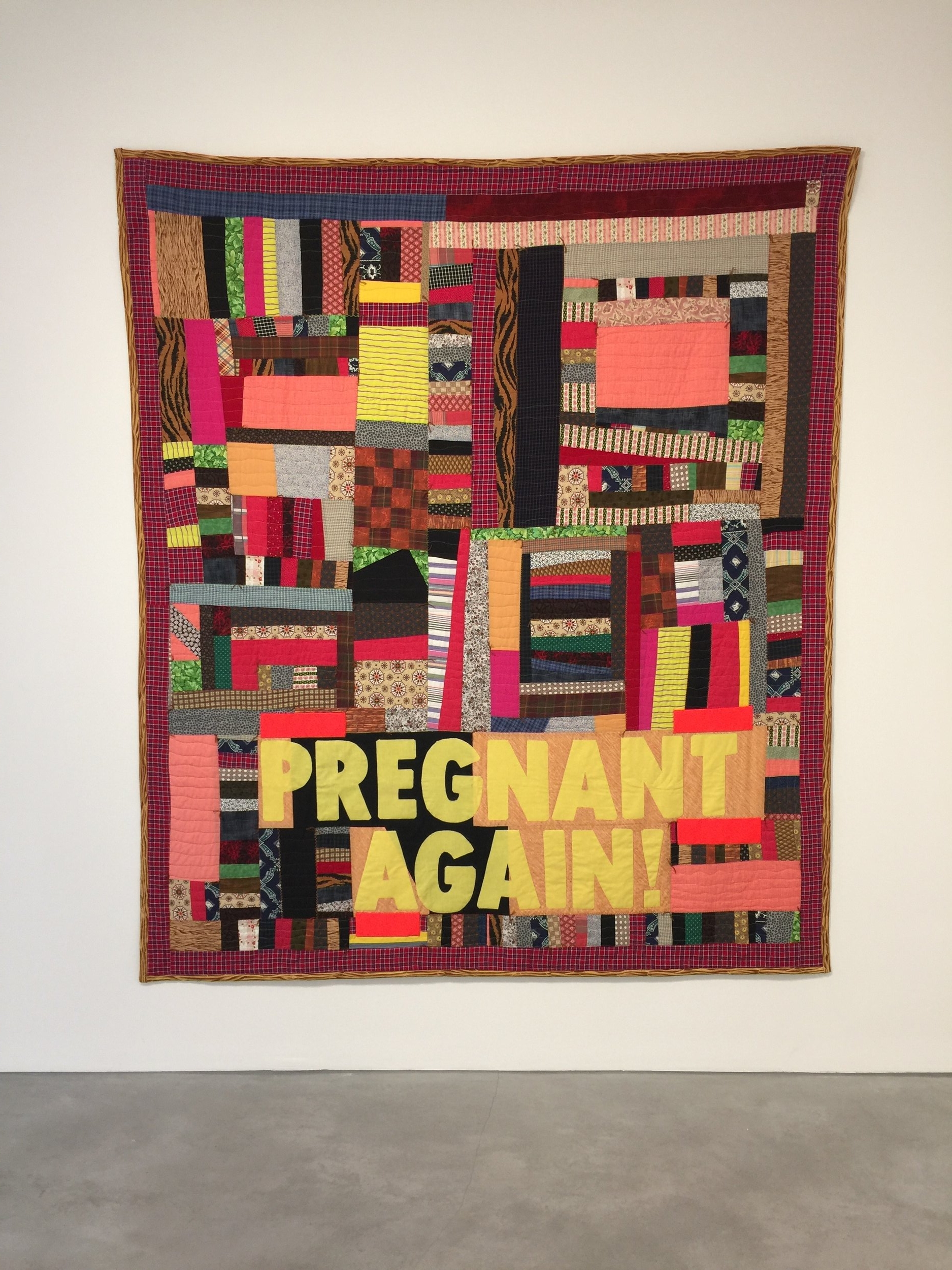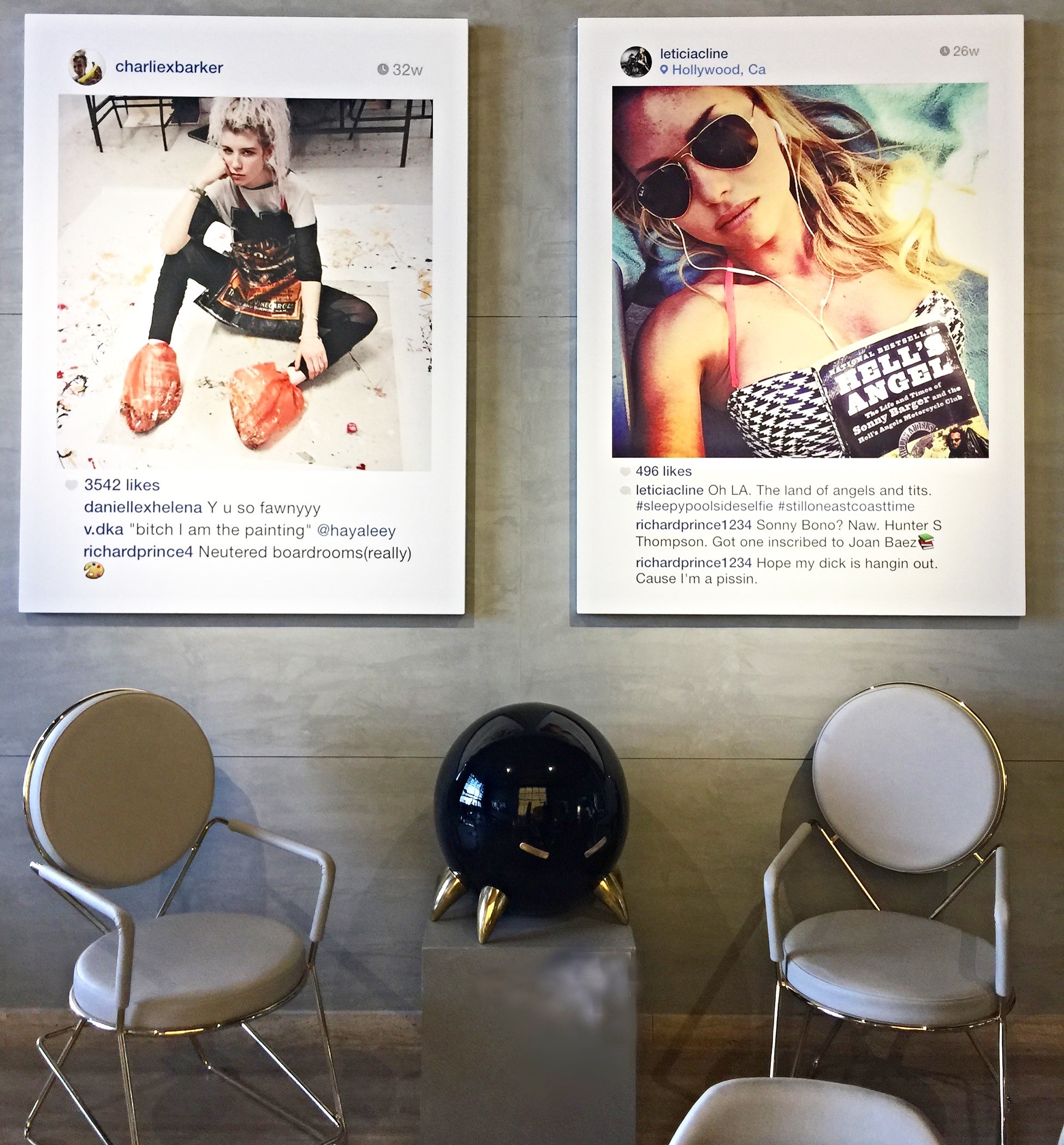The He(Art) of Beirut
The Sursock Museum
Lebanese poetess Zeina Hashem Beck wrote in the last stanza of The Old Stairs of Beirut that the city is:
an immortal old woman
resting between garbage and art,
in the sun-punctured shade
that is almost a night
sky perforated with stars.
Now that I have been there, I couldn't agree more with Beck's imagery. The city that I have nicknamed "The Real Queen Bey" is 5,000 years old and is as intriguing as it is chaotic. My great-grandparents emigrated from Lebanon to Venezuela in the early 1900s, and I grew up hearing my grandfather tell stories that his parents had related to him of Beirut and Byblos, of peace and war, of mysteries and misgivings, of mountains, deserts and the Mediterranean Sea. All these stories sounded like clichés of what the Middle East represents, but I learned for myself that they aren't clichés, they are in fact the identity of an incredible region that most people on this side of the world constantly read about but don't understand.
Lebanon is the most religiously diverse county in the Middle East, mostly comprised of Muslims and Christians but also inclusive of Druzes and Jews. Although my point here isn't religion, it is fair to say that the Middle East has been plagued by religious conflicts for as long as one can remember. Beirut, however, is sufficient representation of the country for me to say that Lebanon is embracing, accepting and forward thinking. Beirutis are smart, fun, caring, extremely hospitable and resilient. My hosts were simply spectacular. Of the hundreds of trips that I've taken around the world, I don't think I've ever been so well-cared for or treated with so much kindness, love and willingness to be pleased by friends and strangers alike. Each one of my requests was always met with a yes, a way of making things happen and a big smile.
The art scene in Beirut is very active, and quite varied. Galleries, foundations and museums are all over the city, collectors are engaged and curious, and even some stores have great art that constantly rotates, as is the case of Aishti in all of its locations.
Ayman Baalbaki's solo show at Saleh Barakat Gallery
Local artists are still exploring the tragedies of the war. The memories of the civil war are still raw; the years of occupation and the epidemic of political assassinations loom over people's memories. Lebanon is still in military conflict with Israel, and the civil war in neighboring Syria and the horrific occupation of Isis keep the topic alive in the art. For example, "Blowback", the solo show of Ayman Baalbaki's at the huge and incredibly beautiful space of Saleh Barakat Gallery, is all about war. The canvases, sculptures, tarps and neons allude to scenes or moments from internal conflicts, conflicts with the neighbors, attacks, or air strikes.
Ghazi Baker's studio in Hamra Street
Works in progress at Ghazi Baker's studio
Or take Ghazi Baker, who welcomed me in his Hamra Street studio (Hamra, by the way, was the center of intellectual activity in Beirut during the 1960s and 1970s and today remains looking old, crazy and chaotic but supremely charming and decidedly Beiruti), while he is finishing the paintings for his upcoming solo show at Mark Hachem's Gallery. Although his paintings don't deal directly with war topics, they do have a great sense of humor about living in a Babel tower where nobody understands what the other is saying, where there's an organized chaos always sprinkled with conflicts.
The Beirut Art Center is located on the east side of Beirut, in an industrial building that feels edgy and cool. The solo show on the main floor is Hassan Khan's multimedia exhibition on portraiture and identity. The second floor is having a show on textile art with works ranging from Alighiero Boetti to Sheila Hicks and local talents like Raed Yassin.
John Baldessari and Kathryn Andrews at "Good Dreams, Bad Dreams - American Mythology" at the Aishti Foundation
The Aishti Foundation lives in a super impressive, one-year-old building right by the sea, designed by British architect David Adjaye. Works from the collection of Tony Salame and his wife Elhaam rotate in shows that so far have only been curated by Massimiliano Gionni. The current one, Good Dreams, Bad Dreams - American Mythology, is all about the folk tales and sometimes strange realities of pop culture and the "American Dream". Four floors are filled with massively huge works of American artists, including John Baldessari, Rashid Johnson, Dan Colen, David Salle, Kara Walker, Nate Lowman, Richard Prince and many more. I can see how this is or should be of interest to people in Beirut, because for them it presents an opportunity to see outside works, allowing for another take on ideas and on art that they may not normally have the opportunity to experience. I was mostly impressed by the building and the size of the galleries. The restaurant downstairs is gorgeous, filled with art and overlooking a promenade with the Mediterranean in the background.
The Sursock Museum, which reopened about a year ago after renovations, used to be the private mansion of Nicolas Sursock, a wealthy aristocrat who upon his death, bequeathed his stunning Arab villa and his art collection to the city of Beirut. The top floors have quite a large collection of Middle Eastern modern and contemporary artists including influential figures like Paul Guiragossian and Shafic Abboud. The lower floors host the library, screening rooms and a very large exhibition space where the current show "Let's Talk About the Weather: Art and Ecology in a Time of Crisis" is especially relevant for the Middle East, as it deals with artists' interpretation of the exploitation of the land and the water, mostly in relation to the indiscriminate drilling and search for oil.
There's no doubt that Beirut has committed resources to impulse contemporary art, and that impulse has been met with a very engaged community who's hungry for more. Interestingly, while I was in Lebanon, specific plans for the construction of Beirut's upcoming BeMA – Beirut Museum of Art – were announced. The BeMA will feature 124-meter tower, with 1,000 works forming the basis of the first exhibition in 2020.
With its hills and small roads jam-packed with cars and infernal traffic, beautiful palm and date trees forming part of a dense, lush vegetation paradoxically growing in the hottest of climates, ancient mosques next to medieval churches, university buildings designed by Zaha Hadid erected just blocks from Roman ruins, structures collapsed by air strikes and bullets left in the middle of fancy shopping villas to remind everyone of the atrocities of the war, and curvy promenades embracing Mediterranean beaches, Beirut is absolutely fascinating and full of contrasts. While I didn't see every little corner or visit every neighborhood, the best memories I'll keep with me aren't about the art, or the architecture, or the landscapes but about the people, whose resilience, humor and kindness in the midst of conflict inspire me to not take life too seriously or for granted.








